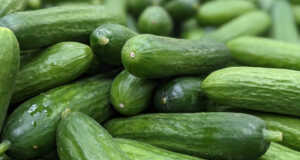Pad Thai is a relatively recent dish invented in the 1930s to promote and define Thailand’s sense of nationalism. Yet, it’s not just for these altruistic reasons that Pad Thai has proliferated in popularity — the flavor is phenomenal. But unless you have a plane ticket to the country or you can find a legitimately good Thai restaurant, there are many walls up between you and a plate of these noodles. Not to be sacrilegious to Pad Thai and the nation that created it, but there is a way to make Pad Thai without Thai ingredients.

These shortcuts are easy ways to get similar flavors of sweetness, sourness, and sharpness without having to buy ingredients you may or may not have at your convenience. This recipe gives you a great starting point for the Pad Thai you’d find in American takeout restaurants. Is it authentic? Not in the slightest, but this speedy pantry version is still a satisfying dish nonetheless.
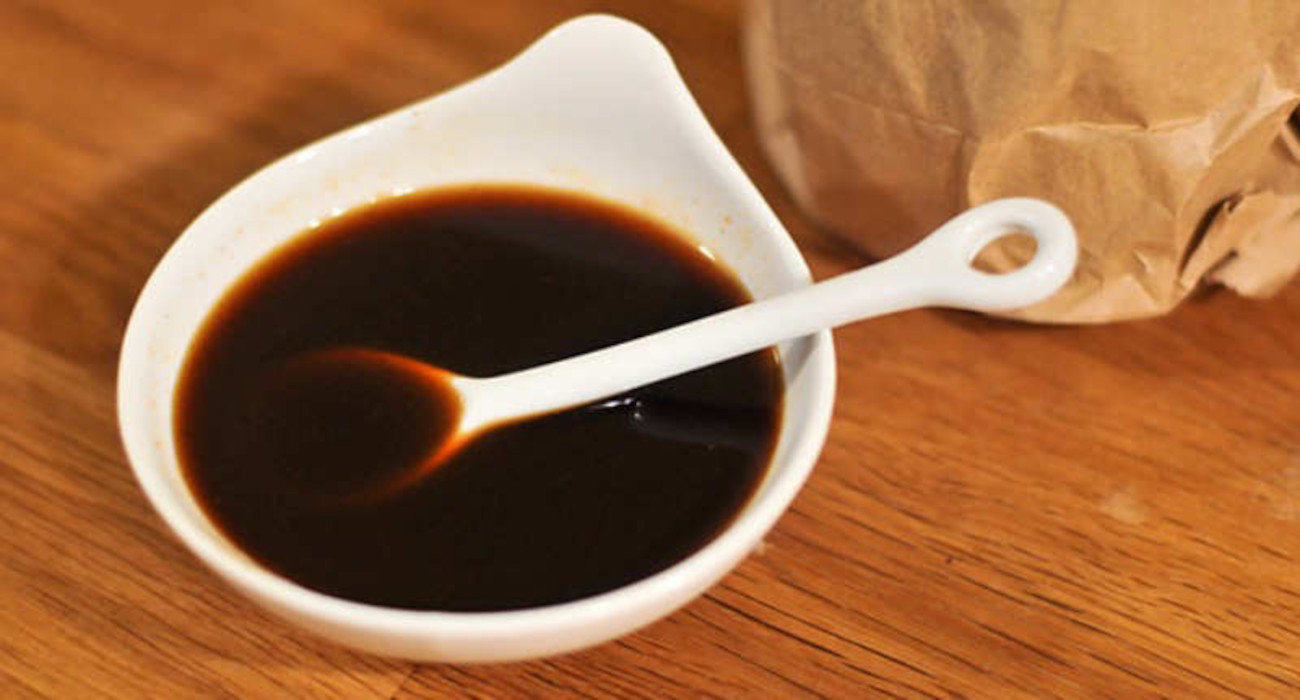
Pad Thai sauce’s backbone is a pungent fermented fish sauce and a tart tamarind concentrate, but you can swap both of them out for one single ingredient — Worcestershire sauce. How so? Well, on the back of the ingredient label, you’ll see two very important flavors listed: anchovy and tamarind concentrate. It’s not gonna give you the precise Pad Thai flavor, but you’ll get pretty close to the versions we’re familiar with here state-side.
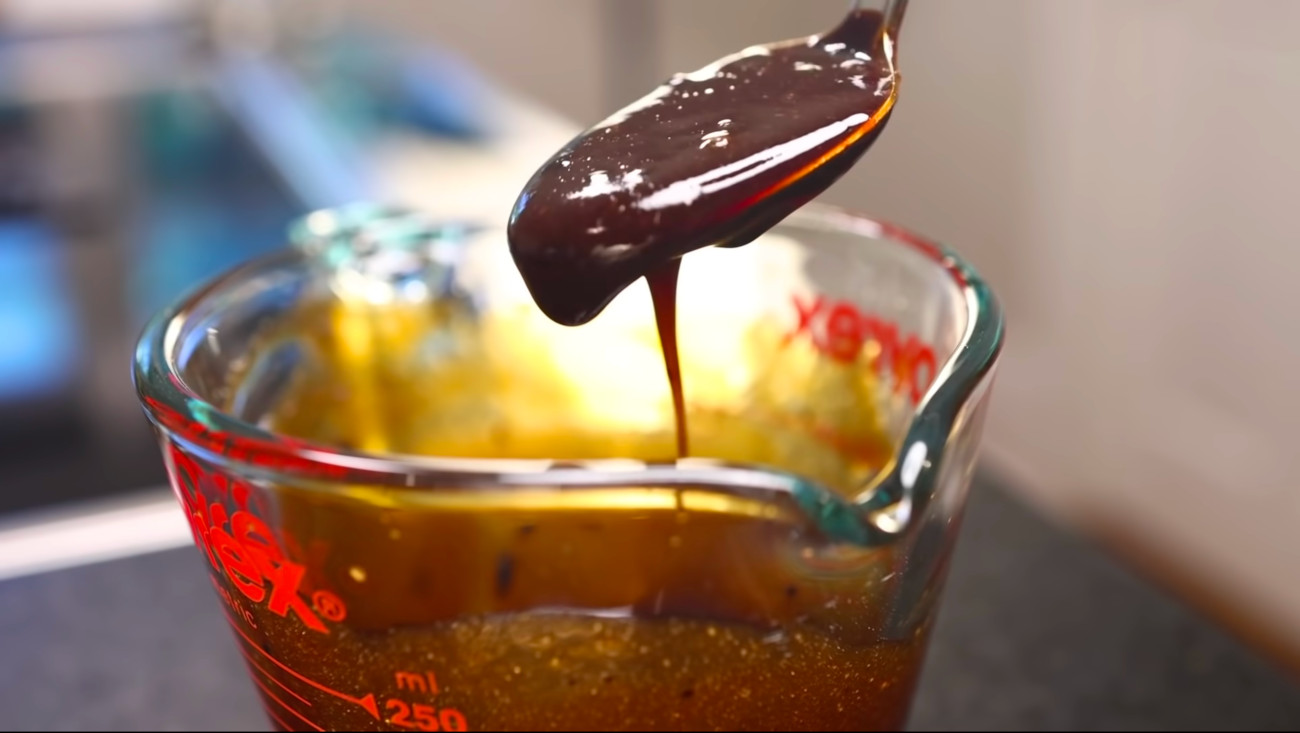
Though Worcestershire is salty enough, having a heavy pour of low-sodium soy sauce will amplify the earthy notes.
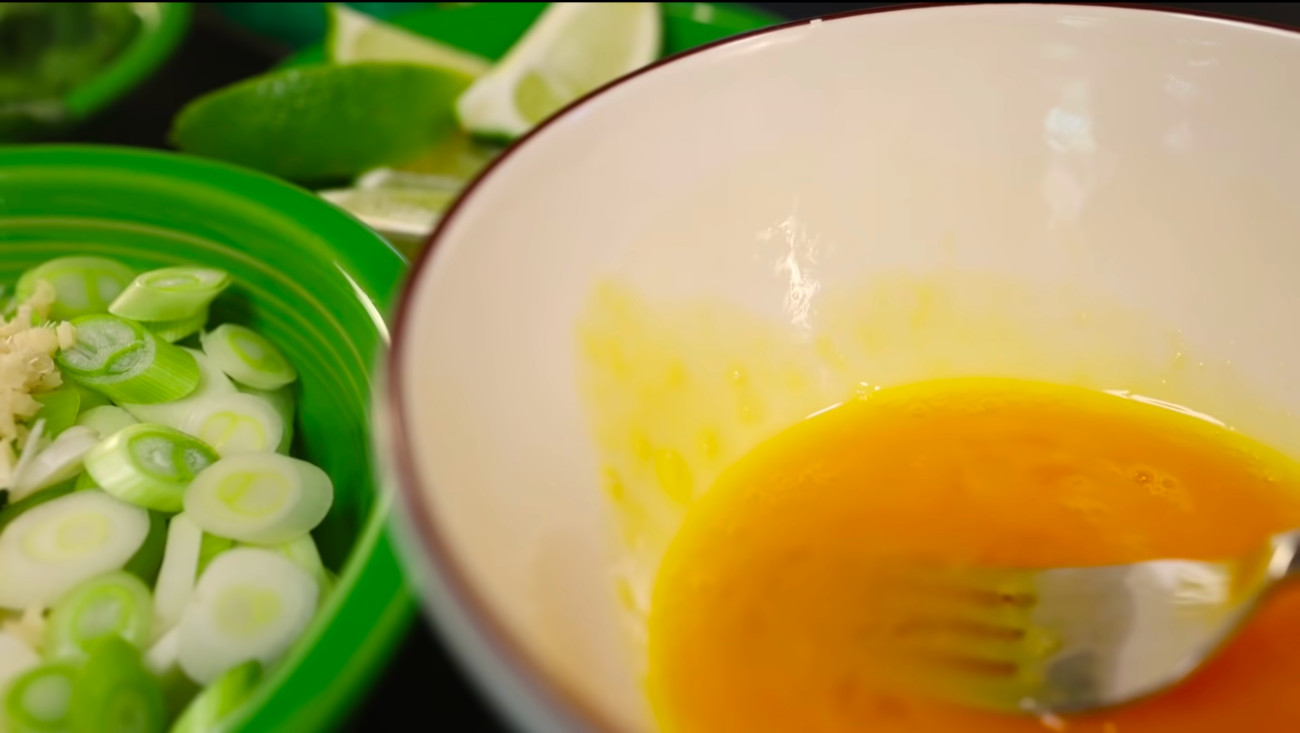
Now, here’s tip number two — many American-style Pad Thai recipes call for vinegar, sugar, and tomato paste, so to shortcut these three ingredients, you can use this secret add-in thing — ketchup. Yes, that condiment that’s technically not a vegetable is your trick to a thick, glossy, and slightly sweet sauce. And no, don’t worry, it won’t make the dish taste like ketchup — the condiment blends with the other ingredients and adds complexity and rich deep color to the sauce.
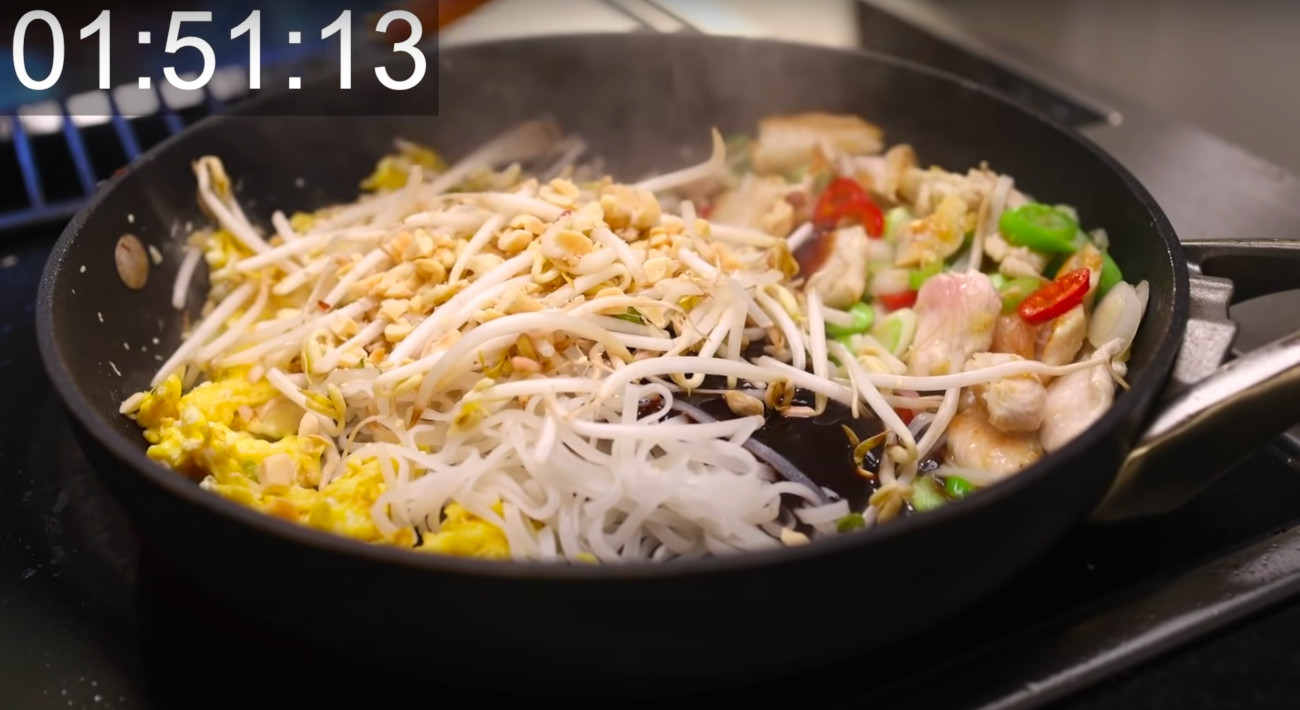
The rest of the ingredients are easy to find — a lime or two, scallions, bean sprouts, garlic, ginger, and red chili pepper are the components you’ll need to brighten any heaviness from the protein or the noodles. Just when you thought you had all of the hacks, here is the third and final tip — do not overcrowd the pan. In the video, single portions are cooked up in three minutes, and with this serving size, the meat and sauce can caramelize and get similar flavors you’d produce in a wok. If you’re itching to cook up larger portions of Pad Thai, make sure your pan is big enough for the task at hand.
To watch the whole cooking process from start to finish, you can click the video below.







